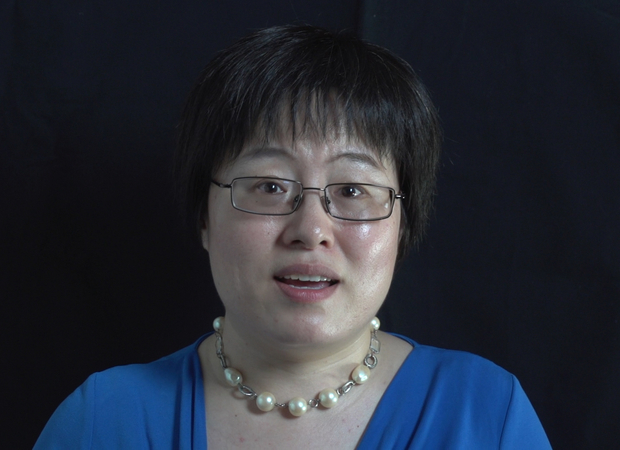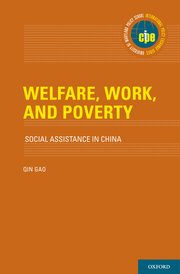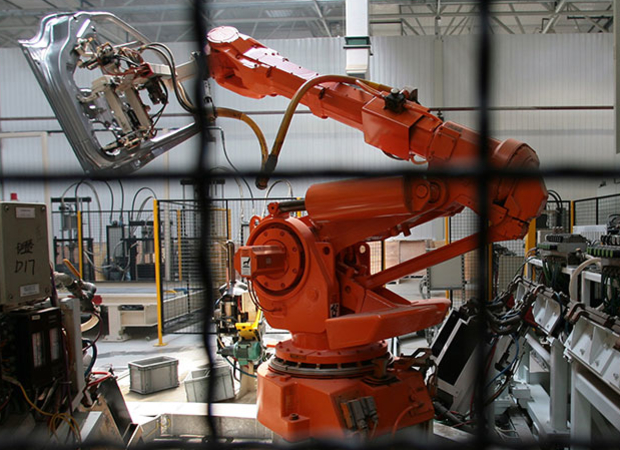Books
06.01.17

Welfare, Work, and Poverty
Welfare, Work, and Poverty provides the first systematic and comprehensive evaluation of the impacts and effectiveness of China’s primary social assistance program—the “dibao,” or “Minimum Livelihood Guarantee”—since its inception in 1993. The dibao serves the dual function of providing a basic safety net for the poor and maintaining social and political stability. Despite currently being the world’s largest welfare program in terms of population coverage, evidence on the dibao’s performance has been lacking. This book offers important new empirical evidence and draws policy lessons that are timely and useful for both China and beyond. Specifically, author Qin Gao addresses the following questions:How effective has the dibao been in targeting the poor and alleviating poverty?Have dibao recipients been dependent on welfare or able to move from welfare to work?How has the dibao affected recipients’ consumption patterns and subjective well-being?Do they use dibao subsidies to meet survival needs (such as food, clothing, and shelter) or to invest in human capital (such as health and education)?Are they distressed by the stigma associated with receiving dibao, or do they become more optimistic about the future and enjoy greater life satisfaction because of dibao support?And finally, what policy lessons can we learn from the existing evidence in order to strengthen and improve the dibao in the future?Answers to these questions not only help us gain an in-depth understanding of the dibao’s performance, but also add the Chinese case to the growing international literature on comparative welfare studies. Welfare, Work, and Poverty is essential reading for political scientists, economists, sociologists, public policy researchers, and social workers interested in learning about and understanding contemporary China. —Oxford University Press{chop}Related Reading:“Welfare, Work, and Poverty: How Effective is Social Assistance in China?,” by Qin Gao, China Policy Institute: Analysis
ChinaFile Recommends
12.09.15Walmart’s Imports From China Displaced 400,000 Jobs, a Study Says
New York Times
“Walmart is one of the major forces pulling imports into the United States.”
ChinaFile Recommends
09.24.15Caixin Media
03.10.15
China’s Factories Are Building a Robot Nation
Every day, two quality-control supervisors monitor four robots tirelessly assembling remote-control devices for home appliances at a Midea Group factory in Foshan, in the southern province of Guangdong.The robots recently replaced 14 workers on the...
ChinaFile Recommends
12.08.14Labor Movement ‘Concertmaster’ Tests Beijing’s Boundaries
Reuters
When local officials warned striking shoe factory workers in China's Pearl River Delta this summer that they were breaking the law, a slight, bespectacled figure barely 5 feet 5 inches (1.65 meters) tall faced them down.
"Where is the...
ChinaFile Recommends
07.24.14Beijing Has Top-Secret View of China’s Employment
Wall Street Journal
China’s government knows something investors don’t—well, a lot of things actually. But that is especially true when it comes to the country’s labor market.
ChinaFile Recommends
10.23.13The Labor Shortage That Could End China’s Economic Boom
Foreign Affairs
Based on its track record, the purely economic dimensions of an economic transition don’t seem more daunting than the other feats the C.C.P. has pulled off. Instead, it’s the social and political dimensions of the demographic hangover that seem most...



